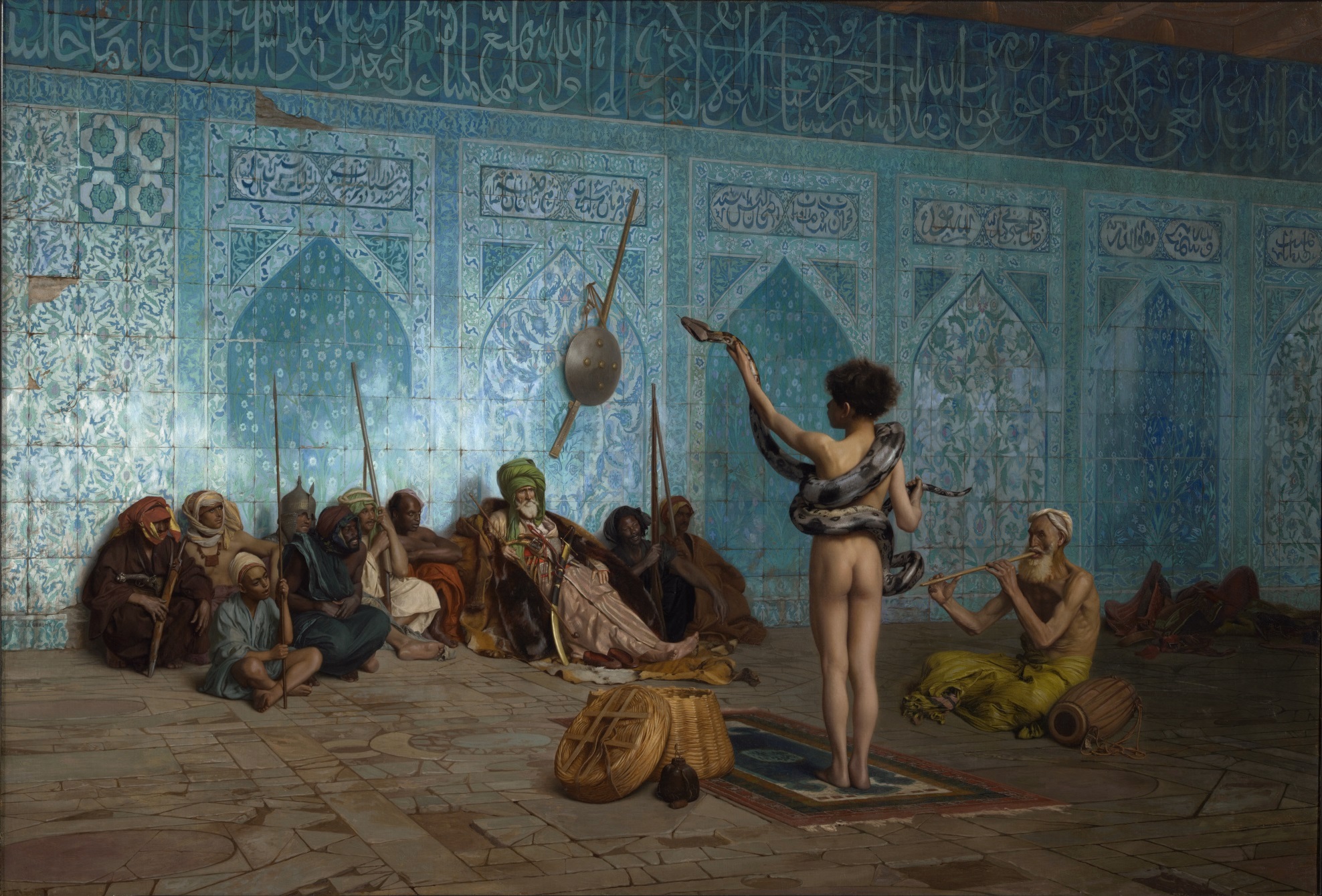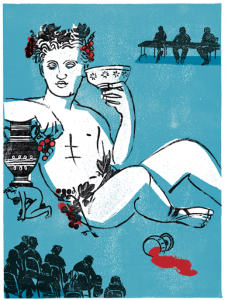Today in lecture, Dr. Thuy Vo Dang from UCI’s Southeast Asian Archive encouraged you to think about the iconic photography of the Vietnam War and how these images shape our narrative imagination of that conflict. These photographs are one type of primary source, the term that historians use to describe objects, documents, recordings, or other sources of information that were created at the time under study. Primary sources serve as an original source of information about a given topic or context. Your research paper this spring will be based around one such primary source, which we will call an artifact, borrowing from the language of Professor Izenberg from the fall. You will remember that to understand an artifact, you must think about and explore how and why it made (what Izenberg called the process of artifactualization).
There is perhaps no more infamous photograph of the Vietnam War than Nick Ut’s “Napalm Girl,” which appeared on the front page of every major newspaper in June 1972 and won Ut the Pulitzer Prize. Vice (which hosts lively blogs that might be a great model for your own online writing) recently featured a short interview with Ut, reflecting on how he came to take that photograph. Ut didn’t merely document this traumatic event; he in fact intervened:
The press almost didn’t use the photo because its subject, Kim Phuc, is completely naked. I was certain I was going to lose my job for a picture that wouldn’t even make it to print. But the real achievement in my career is that Kim survived.
Did you have a hand in saving her?
Yes, but I wasn’t supposed to. I didn’t tell anyone at first because you’re really not supposed to get involved with your subjects when you’re reporting a war. I was shot at all the time, because I mostly traveled with soldiers. I never interfered or got involved with what the soldiers were doing, but that doesn’t stop anyone from shooting at you.But when I saw what happened to the children, things changed for me. I had been focusing my camera on the South Vietnamese airplane when it dropped four bombs of napalm. I saw a young boy, about a year old, lose his leg and die right in front of me. I kept telling myself that all I was allowed to do was take pictures and that’s it.
Then a girl runs past me, naked and crying. She was covered in napalm; I could see it on her left arm as she passed. I heard her screaming, “It’s too hot, I think I’m dying.”
I gave her my water. I watched her for about an hour, consoling her, telling her that we’d be out soon. But I was just trying to calm her. There wasn’t help to be seen anywhere. I took her to the hospital. It was full, until I showed them my press pass, which got her inside.
Ironically, Ut is now a well-known paparazzi photographer, perhaps best known for an image of Paris Hilton as she was arrested for a DUI in 2006. Read more about the strange career journey, as well as the aftermath of his intervention into Kim Phuc’s life here.







